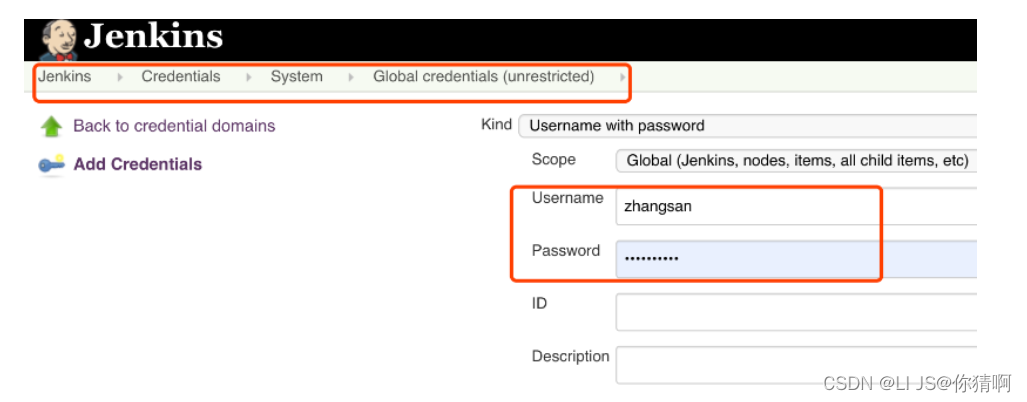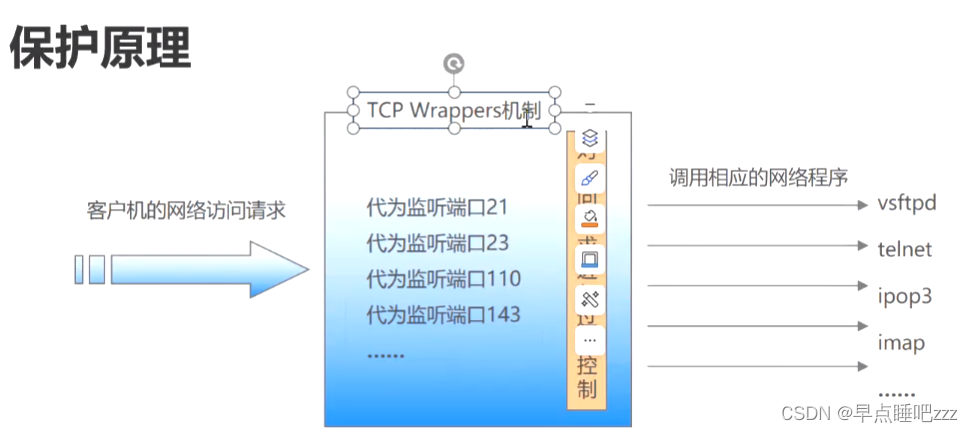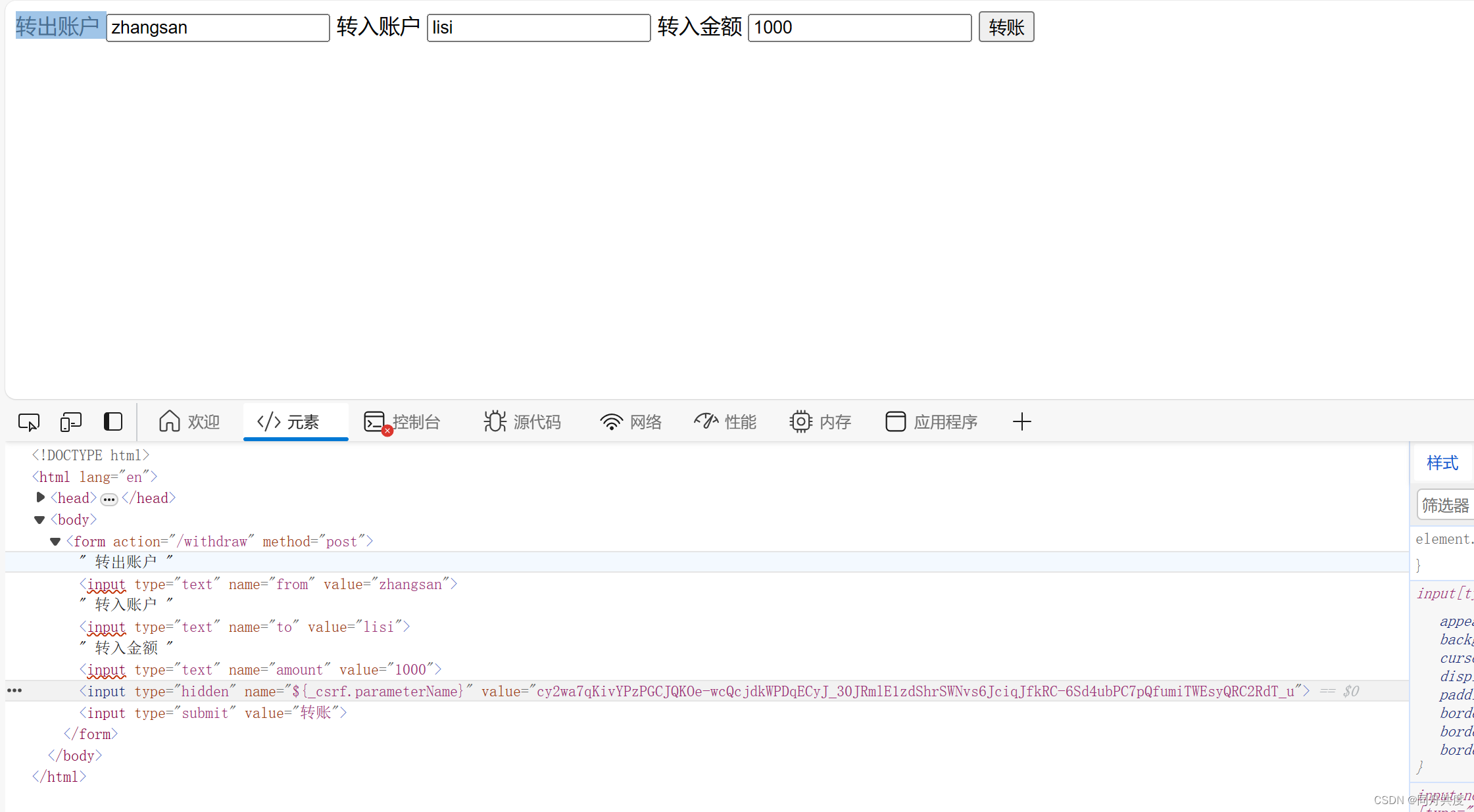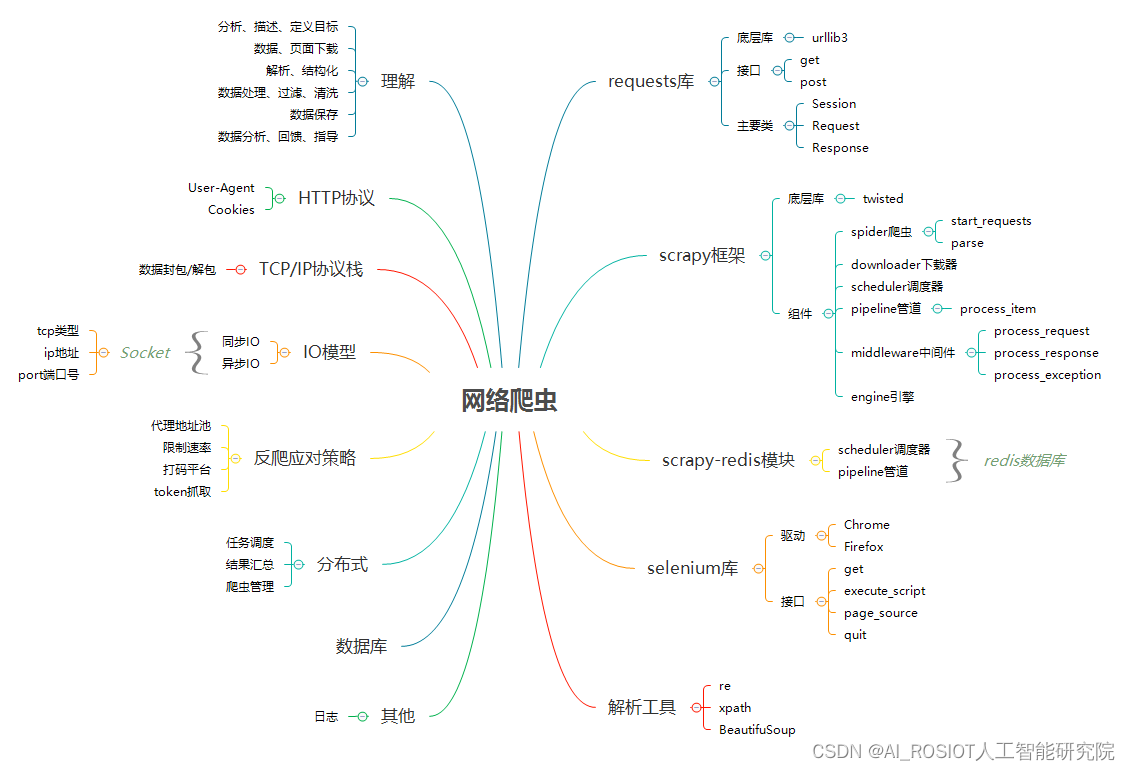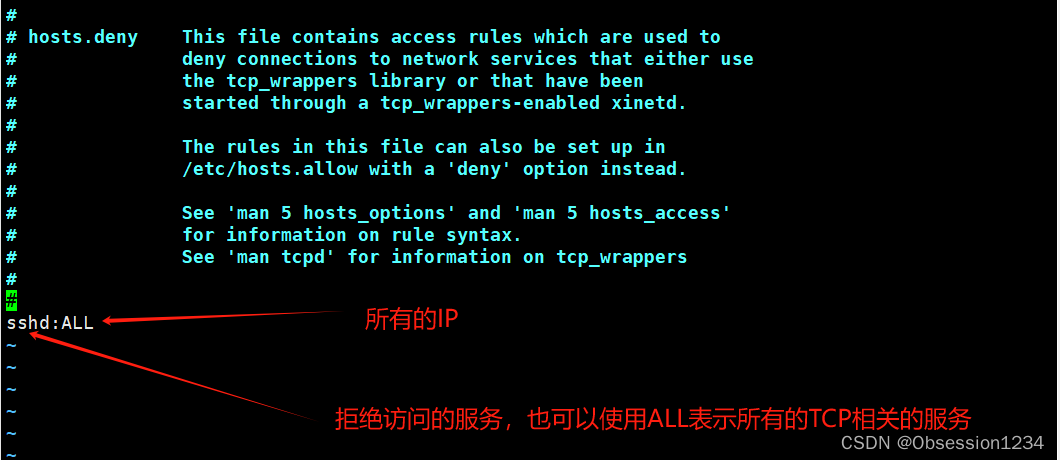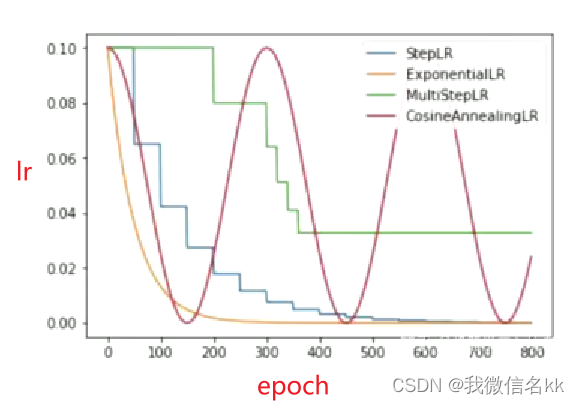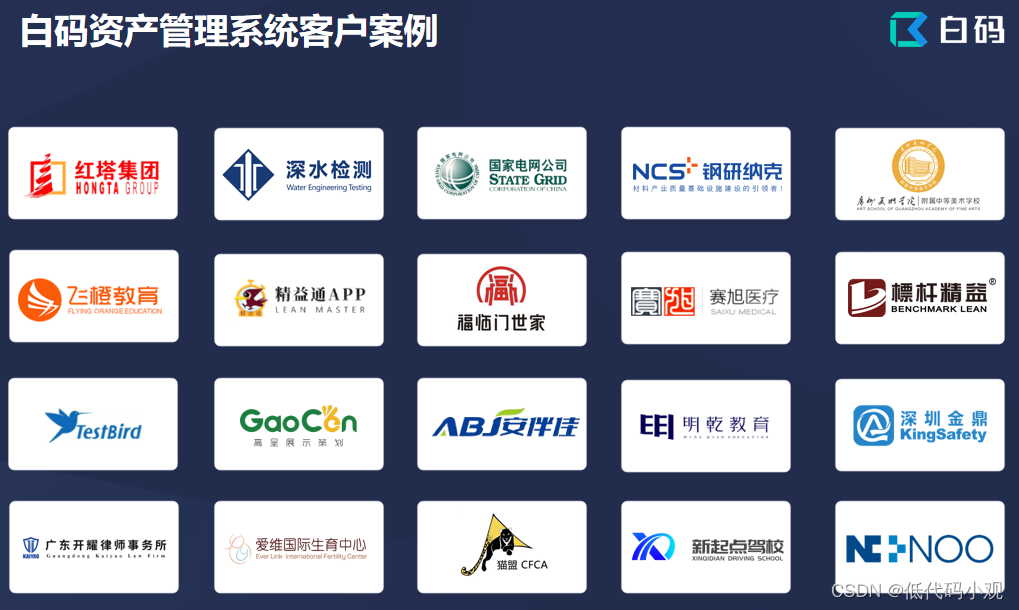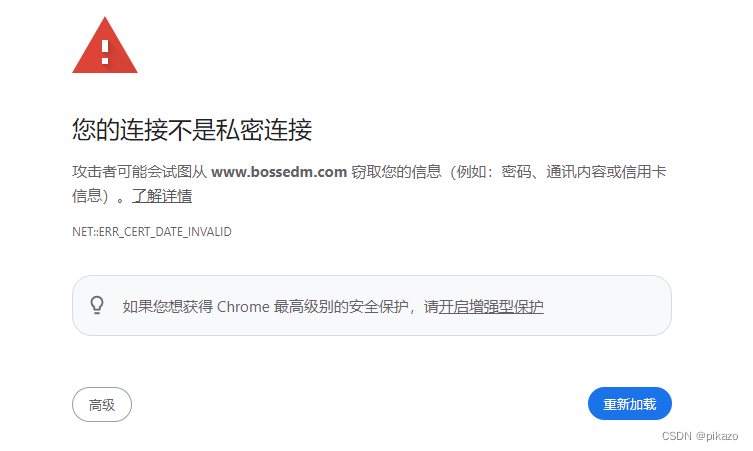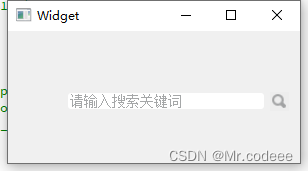基于Spring Boot的体质测试数据分析及可视化系统的设计与实现
- 开发语言:Java
- 框架:springboot
- JDK版本:JDK1.8
- 数据库工具:Navicat11
- 开发软件:eclipse/myeclipse/idea
系统部分展示
前台首页界面图,体质测试数据分析及可视化设计,在体质测试数据分析及可视化设计可以查看首页、论坛信息、公告信息、个人中心、后台管理、客服等内容。

管理员登录界面图,管理员登录进入体质测试数据分析及可视化设计可以查看首页、个人中心、学生管理、教师管理、日常运动管理、运动分析管理、成绩信息管理、论坛管理、系统管理等信息。

公告信息界面图,在公告信息页面可以填写公告信息等信息进行提交。

论坛信息界面图,在论坛信息页面可以填写标题、类型、内容等进行发布帖子。

成绩信息管理界面图,在成绩信息管理页面中可以查看名称、类型、学号、姓名、成绩、测试数、工号、教师姓名等信息内容,并且根据需要对成绩信息管理进行修改或删除等其他详细操作。

日常运动管理界面图,在日常运动管理页面中可以查看名称、类型、时间秒、活动内容、日期、学号、姓名等信息内容,并且根据需要对日常运动管理进行修改或删除等其他详细操作。

教师管理界面图,在教师管理页面中可以查看工号、密码、教师姓名、性别、头像、学院、电话等信息,并可根据需要对教师管理进行详情、修改或删除等详细操作。

运动分析管理界面图,在运动分析管理页面中可以查看名称、类型、学号、姓名、时间秒、数据分析、工号、教师姓名等信息内容,并且根据需要对运动分析管理进行修改或删除等其他详细操作。

学生管理界面图,在学生管理页面中可以查看学号、密码、姓名、性别、头像、学院、手机等信息,并可根据需要对学生管理进行详情、修改或删除等操作。

系统功能结构图

文档部分展示

摘要
随着科学技术的飞速发展,社会的方方面面、各行各业都在努力与现代的先进技术接轨,通过科技手段来提高自身的优势,体质测试数据分析及可视化设计当然也不能排除在外。体质测试数据分析及可视化设计是以实际运用为开发背景,运用软件工程原理和开发方法,采用springboot框架构建的一个管理系统。整个开发过程首先对软件系统进行需求分析,得出系统的主要功能。接着对系统进行总体设计和详细设计。总体设计主要包括系统功能设计、系统总体结构设计、系统数据结构设计和系统安全设计等;详细设计主要包括系统数据库访问的实现,主要功能模块的具体实现,模块实现关键代码等。最后对系统进行功能测试,并对测试结果进行分析总结,得出系统中存在的不足及需要改进的地方,为以后的系统维护提供了方便,同时也为今后开发类似系统提供了借鉴和帮助。这种个性化的网上体质测试数据分析及可视化设计特别注重交互协调与管理的相互配合,激发了管理人员的创造性与主动性,对体质测试数据分析及可视化设计而言非常有利。
本体质测试数据分析及可视化设计采用的数据库是Mysql,使用springboot框架开发。在设计过程中,充分保证了系统代码的良好可读性、实用性、易扩展性、通用性、便于后期维护、操作方便以及页面简洁等特点。
研究意义
提升数据利用效率:通过构建基于Spring Boot的体质测试数据分析及可视化系统,我们可以实现对大量体质测试数据的快速、准确处理。Spring Boot的简化配置和自动装配特性,使得系统能够高效地管理数据,并通过可视化手段将数据直观地展现出来,从而提高了数据的利用效率。
促进公众健康意识:体质测试数据分析及可视化系统能够将个体的健康数据以直观、易懂的方式展现给公众。通过对比和分析这些数据,公众可以更加清晰地了解自己的健康状况,并采取相应的健康管理措施,从而增强健康意识。
辅助健康管理决策:对于医疗专业人员和健康管理机构来说,该系统提供了有力的数据支持。通过系统对数据的深入分析,他们可以制定更为精准的健康干预措施和政策,为公众提供更优质的健康管理服务。
推动技术进步:基于Spring Boot和Java技术栈的体质测试数据分析及可视化系统的开发,不仅推动了软件工程和数据分析技术的发展,也为类似系统的开发提供了有益的参考和借鉴。
实践教育价值:该项目的开发为学生提供了将所学知识应用于实际项目的机会,有助于培养学生的实践能力、创新思维和解决实际问题的能力。同时,也为相关专业的教育教学提供了实践案例。
社会价值:随着健康意识的提高和健康管理需求的增加,基于Spring Boot的体质测试数据分析及可视化系统具有广泛的应用前景和社会价值。该系统能够为社会提供更加高效、便捷的健康管理服务,促进全民健康事业的发展。
研究目的
设计并实现高效的数据处理系统:利用Spring Boot的简化配置和自动装配特性,设计并实现一个能够高效处理体质测试数据的系统。该系统应具备数据收集、存储、分析和可视化等功能,以满足不同用户的需求。
提供直观的数据可视化展示:通过数据可视化技术,将复杂的体质测试数据以图表、图形等形式直观展现出来。这有助于用户更好地理解数据背后的含义和趋势,从而做出更明智的健康管理决策。
优化用户体验:在系统设计过程中充分考虑用户体验因素,确保系统的易用性、稳定性和安全性。通过友好的用户界面和交互设计,降低用户的学习成本和使用难度,提高系统的使用率和满意度。
支持定制化健康管理建议:根据用户的体质测试数据和分析结果,为用户提供定制化的健康管理建议。这些建议应具有针对性和可操作性,能够帮助用户改善健康状况并提高生活质量。
实现系统的可扩展性和可维护性:在系统设计时注重系统的可扩展性和可维护性。通过合理的系统架构设计和模块划分,降低系统的耦合度和复杂度,提高系统的稳定性和可维护性。同时,采用标准化的接口和规范化的开发流程,确保系统的可扩展性和可重用性。
探索新的数据分析方法和算法:在体质测试数据分析及可视化系统的开发过程中,不断探索新的数据分析方法和算法。这些方法和算法应具有更高的准确性和效率,能够更好地揭示数据背后的规律和趋势,为健康管理提供更有力的支持。
代码部分
package com.controller;
import java.text.SimpleDateFormat;
import java.util.ArrayList;
import java.util.Arrays;
import java.util.Calendar;
import java.util.Map;
import java.util.HashMap;
import java.util.Iterator;
import java.util.Date;
import java.util.List;
import javax.servlet.http.HttpServletRequest;
import com.utils.ValidatorUtils;
import org.apache.commons.lang3.StringUtils;
import org.springframework.beans.factory.annotation.Autowired;
import org.springframework.web.bind.annotation.PathVariable;
import org.springframework.web.bind.annotation.RequestBody;
import org.springframework.web.bind.annotation.RequestMapping;
import org.springframework.web.bind.annotation.RequestParam;
import org.springframework.web.bind.annotation.RestController;
import com.baomidou.mybatisplus.mapper.EntityWrapper;
import com.baomidou.mybatisplus.mapper.Wrapper;
import com.annotation.IgnoreAuth;
import com.entity.XueshengEntity;
import com.entity.view.XueshengView;
import com.service.XueshengService;
import com.service.TokenService;
import com.utils.PageUtils;
import com.utils.R;
import com.utils.MPUtil;
import com.utils.CommonUtil;
/**
* 学生
* 后端接口
* @author
* @email
* @date 2021-01-07 20:08:00
*/
@RestController
@RequestMapping("/xuesheng")
public class XueshengController {
@Autowired
private XueshengService xueshengService;
@Autowired
private TokenService tokenService;
/**
* 登录
*/
@IgnoreAuth
@RequestMapping(value = "/login")
public R login(String username, String password, String captcha, HttpServletRequest request) {
XueshengEntity user = xueshengService.selectOne(new EntityWrapper<XueshengEntity>().eq("xuehao", username));
if(user==null || !user.getMima().equals(password)) {
return R.error("账号或密码不正确");
}
String token = tokenService.generateToken(user.getId(), username,"xuesheng", "学生" );
return R.ok().put("token", token);
}
/**
* 注册
*/
@IgnoreAuth
@RequestMapping("/register")
public R register(@RequestBody XueshengEntity xuesheng){
//ValidatorUtils.validateEntity(xuesheng);
XueshengEntity user = xueshengService.selectOne(new EntityWrapper<XueshengEntity>().eq("xuehao", xuesheng.getXuehao()));
if(user!=null) {
return R.error("注册用户已存在");
}
Long uId = new Date().getTime();
xuesheng.setId(uId);
xueshengService.insert(xuesheng);
return R.ok();
}
/**
* 退出
*/
@RequestMapping("/logout")
public R logout(HttpServletRequest request) {
request.getSession().invalidate();
return R.ok("退出成功");
}
/**
* 获取用户的session用户信息
*/
@RequestMapping("/session")
public R getCurrUser(HttpServletRequest request){
Long id = (Long)request.getSession().getAttribute("userId");
XueshengEntity user = xueshengService.selectById(id);
return R.ok().put("data", user);
}
/**
* 密码重置
*/
@IgnoreAuth
@RequestMapping(value = "/resetPass")
public R resetPass(String username, HttpServletRequest request){
XueshengEntity user = xueshengService.selectOne(new EntityWrapper<XueshengEntity>().eq("xuehao", username));
if(user==null) {
return R.error("账号不存在");
}
user.setMima("123456");
xueshengService.updateById(user);
return R.ok("密码已重置为:123456");
}
/**
* 后端列表
*/
@RequestMapping("/page")
public R page(@RequestParam Map<String, Object> params,XueshengEntity xuesheng, HttpServletRequest request){
EntityWrapper<XueshengEntity> ew = new EntityWrapper<XueshengEntity>();
PageUtils page = xueshengService.queryPage(params, MPUtil.sort(MPUtil.between(MPUtil.likeOrEq(ew, xuesheng), params), params));
return R.ok().put("data", page);
}
/**
* 前端列表
*/
@RequestMapping("/list")
public R list(@RequestParam Map<String, Object> params,XueshengEntity xuesheng, HttpServletRequest request){
EntityWrapper<XueshengEntity> ew = new EntityWrapper<XueshengEntity>();
PageUtils page = xueshengService.queryPage(params, MPUtil.sort(MPUtil.between(MPUtil.likeOrEq(ew, xuesheng), params), params));
return R.ok().put("data", page);
}
/**
* 列表
*/
@RequestMapping("/lists")
public R list( XueshengEntity xuesheng){
EntityWrapper<XueshengEntity> ew = new EntityWrapper<XueshengEntity>();
ew.allEq(MPUtil.allEQMapPre( xuesheng, "xuesheng"));
return R.ok().put("data", xueshengService.selectListView(ew));
}
/**
* 查询
*/
@RequestMapping("/query")
public R query(XueshengEntity xuesheng){
EntityWrapper< XueshengEntity> ew = new EntityWrapper< XueshengEntity>();
ew.allEq(MPUtil.allEQMapPre( xuesheng, "xuesheng"));
XueshengView xueshengView = xueshengService.selectView(ew);
return R.ok("查询学生成功").put("data", xueshengView);
}
/**
* 后端详情
*/
@RequestMapping("/info/{id}")
public R info(@PathVariable("id") String id){
XueshengEntity xuesheng = xueshengService.selectById(id);
return R.ok().put("data", xuesheng);
}
/**
* 前端详情
*/
@RequestMapping("/detail/{id}")
public R detail(@PathVariable("id") String id){
XueshengEntity xuesheng = xueshengService.selectById(id);
return R.ok().put("data", xuesheng);
}
/**
* 后端保存
*/
@RequestMapping("/save")
public R save(@RequestBody XueshengEntity xuesheng, HttpServletRequest request){
xuesheng.setId(new Date().getTime()+new Double(Math.floor(Math.random()*1000)).longValue());
//ValidatorUtils.validateEntity(xuesheng);
XueshengEntity user = xueshengService.selectOne(new EntityWrapper<XueshengEntity>().eq("xuehao", xuesheng.getXuehao()));
if(user!=null) {
return R.error("用户已存在");
}
xuesheng.setId(new Date().getTime());
xueshengService.insert(xuesheng);
return R.ok();
}
/**
* 前端保存
*/
@RequestMapping("/add")
public R add(@RequestBody XueshengEntity xuesheng, HttpServletRequest request){
xuesheng.setId(new Date().getTime()+new Double(Math.floor(Math.random()*1000)).longValue());
//ValidatorUtils.validateEntity(xuesheng);
XueshengEntity user = xueshengService.selectOne(new EntityWrapper<XueshengEntity>().eq("xuehao", xuesheng.getXuehao()));
if(user!=null) {
return R.error("用户已存在");
}
xuesheng.setId(new Date().getTime());
xueshengService.insert(xuesheng);
return R.ok();
}
/**
* 修改
*/
@RequestMapping("/update")
public R update(@RequestBody XueshengEntity xuesheng, HttpServletRequest request){
//ValidatorUtils.validateEntity(xuesheng);
xueshengService.updateById(xuesheng);//全部更新
return R.ok();
}
/**
* 删除
*/
@RequestMapping("/delete")
public R delete(@RequestBody Long[] ids){
xueshengService.deleteBatchIds(Arrays.asList(ids));
return R.ok();
}
/**
* 提醒接口
*/
@RequestMapping("/remind/{columnName}/{type}")
public R remindCount(@PathVariable("columnName") String columnName, HttpServletRequest request,
@PathVariable("type") String type,@RequestParam Map<String, Object> map) {
map.put("column", columnName);
map.put("type", type);
if(type.equals("2")) {
SimpleDateFormat sdf = new SimpleDateFormat("yyyy-MM-dd");
Calendar c = Calendar.getInstance();
Date remindStartDate = null;
Date remindEndDate = null;
if(map.get("remindstart")!=null) {
Integer remindStart = Integer.parseInt(map.get("remindstart").toString());
c.setTime(new Date());
c.add(Calendar.DAY_OF_MONTH,remindStart);
remindStartDate = c.getTime();
map.put("remindstart", sdf.format(remindStartDate));
}
if(map.get("remindend")!=null) {
Integer remindEnd = Integer.parseInt(map.get("remindend").toString());
c.setTime(new Date());
c.add(Calendar.DAY_OF_MONTH,remindEnd);
remindEndDate = c.getTime();
map.put("remindend", sdf.format(remindEndDate));
}
}
Wrapper<XueshengEntity> wrapper = new EntityWrapper<XueshengEntity>();
if(map.get("remindstart")!=null) {
wrapper.ge(columnName, map.get("remindstart"));
}
if(map.get("remindend")!=null) {
wrapper.le(columnName, map.get("remindend"));
}
int count = xueshengService.selectCount(wrapper);
return R.ok().put("count", count);
}
}
总结
技术选型与实现的成功:选择Spring Boot作为系统的技术框架,结合Java技术栈,实现了高效、稳定的数据处理和可视化功能。Spring Boot的自动化配置和快速开发特性,使得系统能够快速搭建并投入使用,满足了项目的实际需求。
用户体验的显著提升:通过优化用户界面和交互设计,系统的易用性得到了显著提升。用户能够轻松地查看自己的体质测试数据,并通过直观的可视化图表理解数据背后的含义。这种友好的用户体验增加了用户的粘性,提高了系统的使用率和满意度。
健康管理决策的有力支持:系统不仅提供了数据的收集、存储和展示功能,还通过深入的数据分析为用户提供了定制化的健康管理建议。这些建议基于用户的实际数据和科学算法,能够帮助用户更好地改善健康状况,提高生活质量。
系统可扩展性和可维护性的实现:在系统设计和开发过程中,注重了系统的可扩展性和可维护性。通过合理的系统架构设计和模块划分,降低了系统的耦合度和复杂度,提高了系统的稳定性和可维护性。这为系统的后续扩展和功能升级提供了良好的基础。
技术探索和创新的推动:在项目的实施过程中,不断探索新的数据分析方法和算法,为系统的功能提升和性能优化提供了有力的支持。这种技术探索和创新的精神不仅推动了项目本身的进步,也为相关领域的研究和发展提供了有益的参考和借鉴。同时,也为团队成员提供了学习和成长的机会,促进了团队的持续发展。
